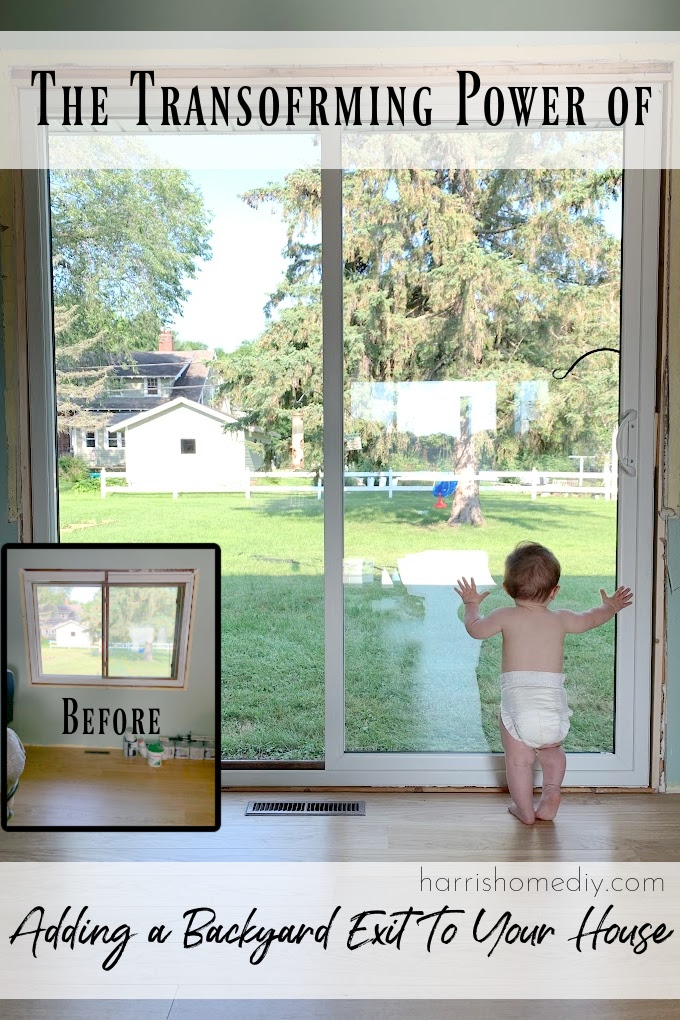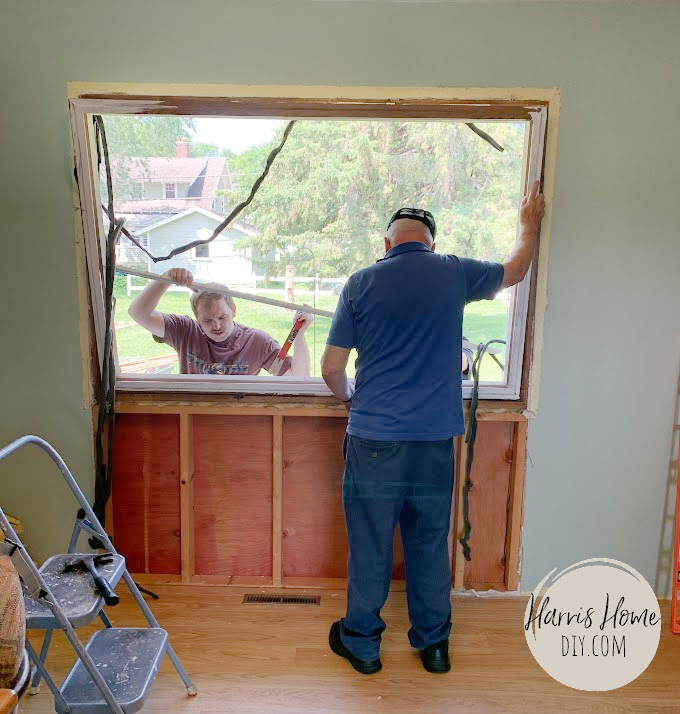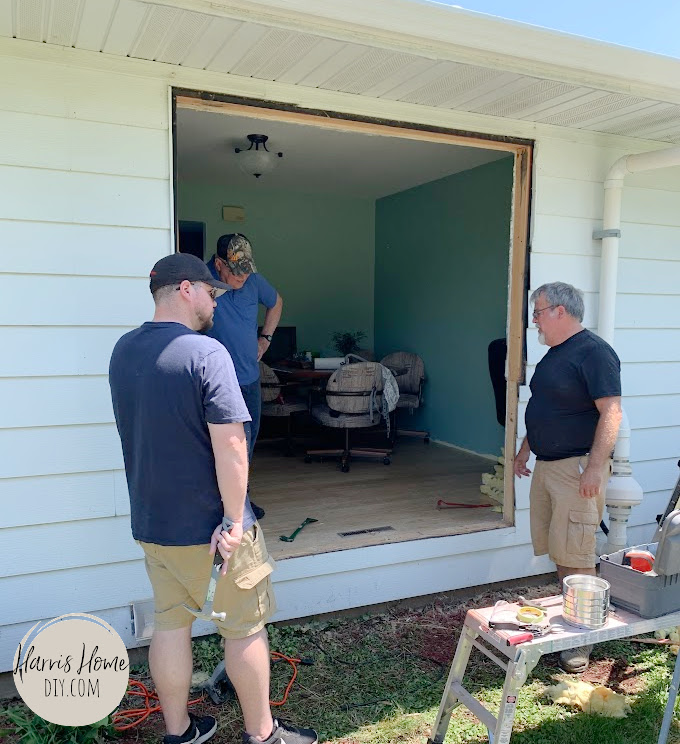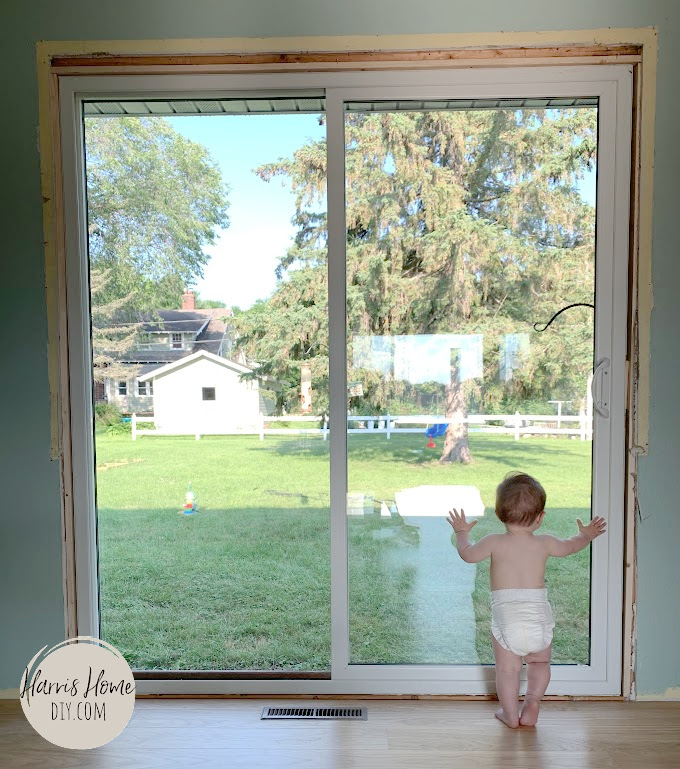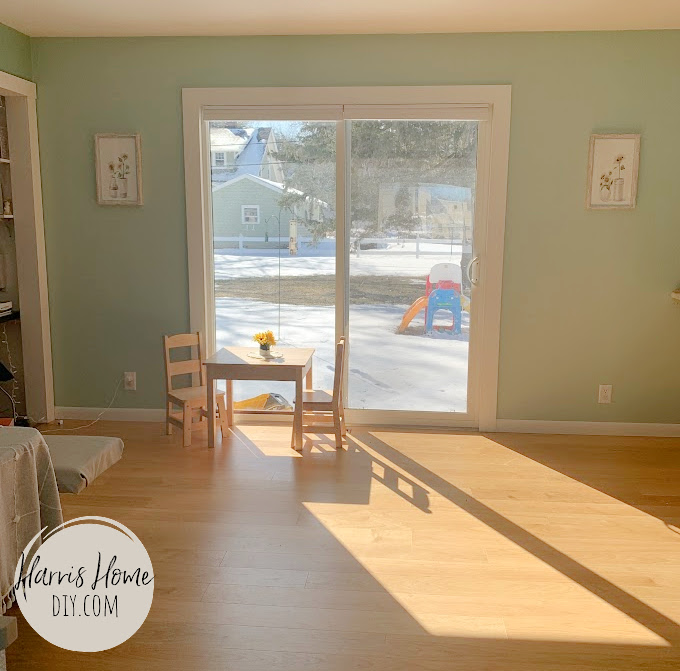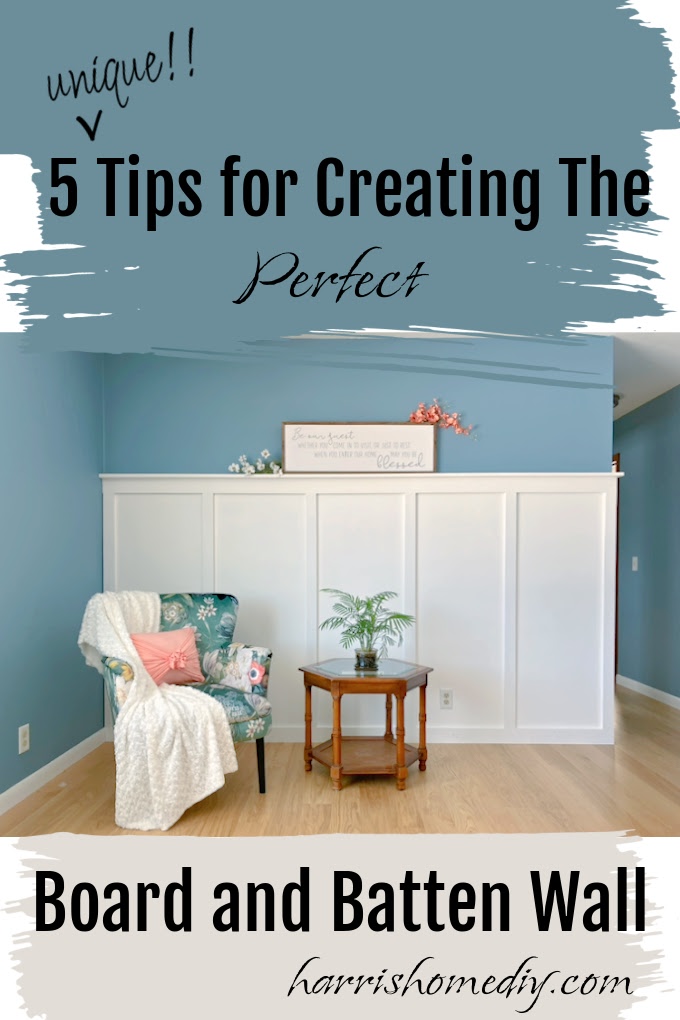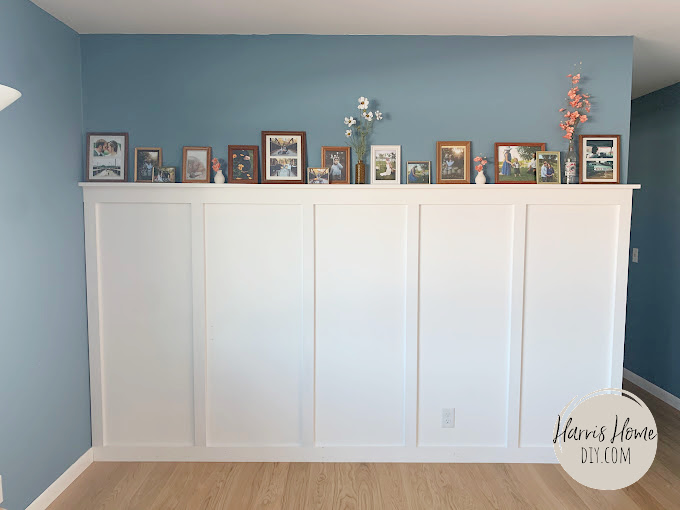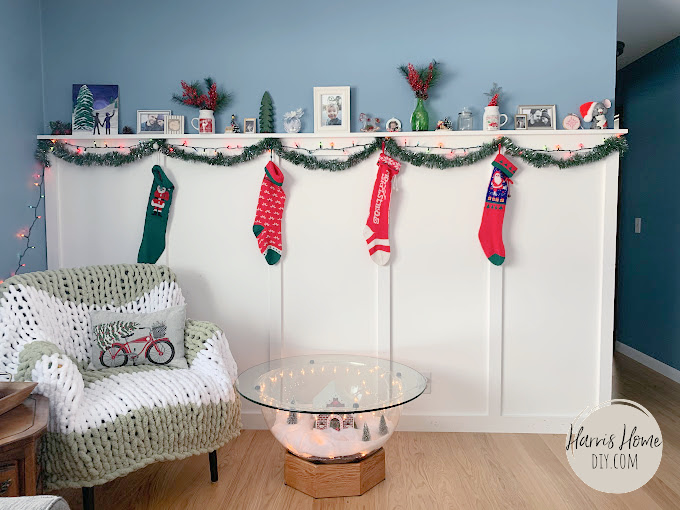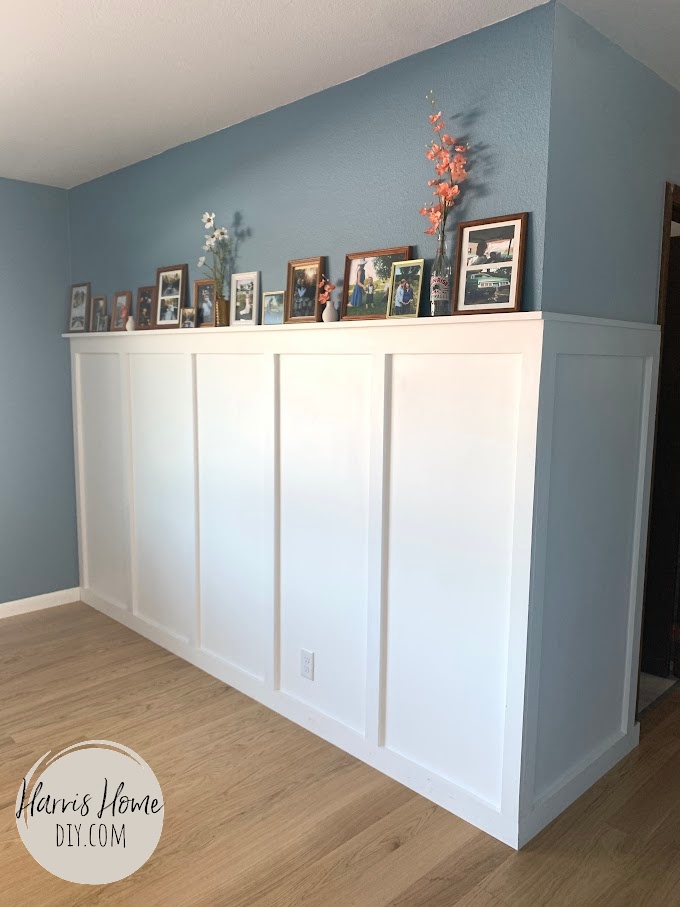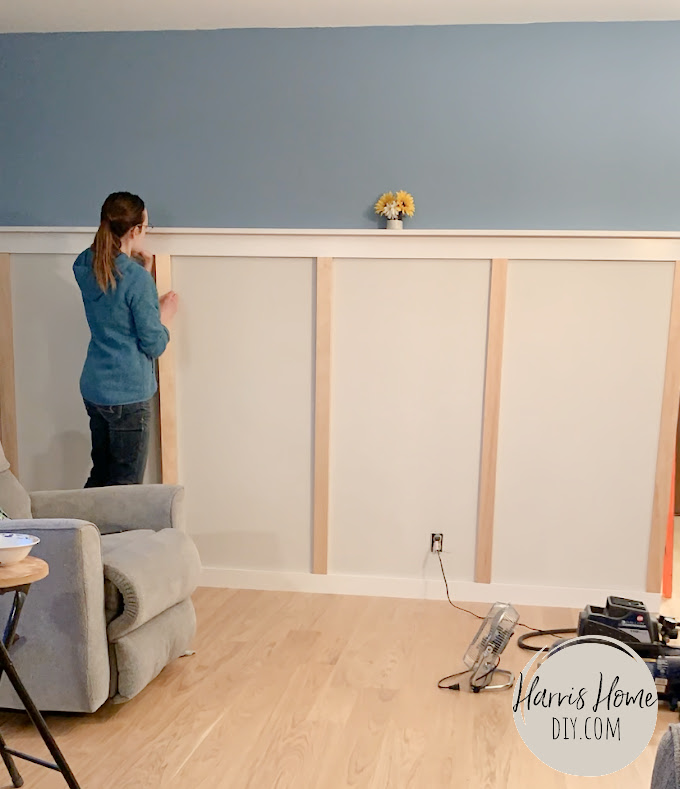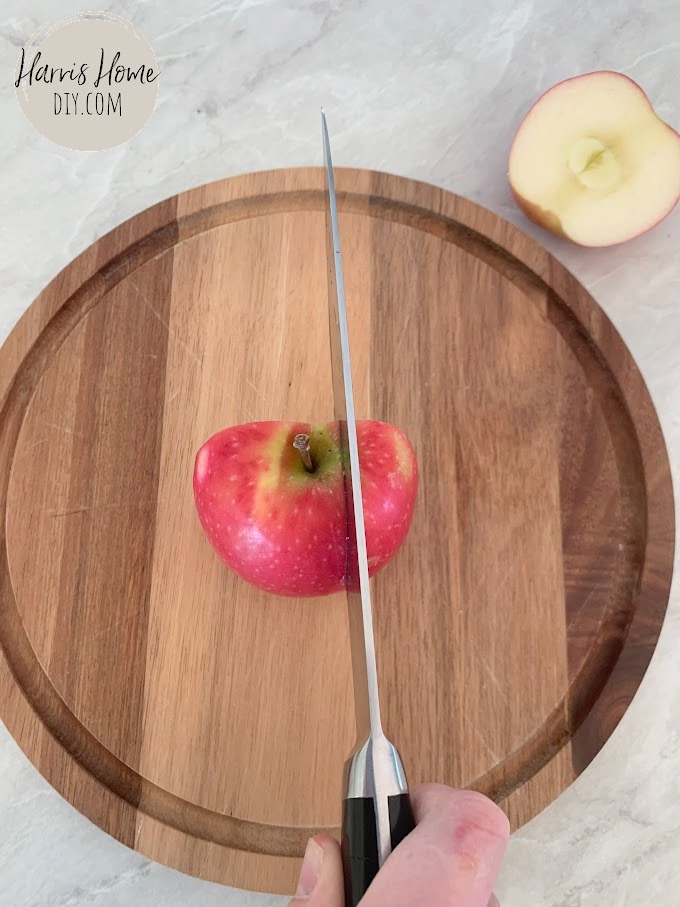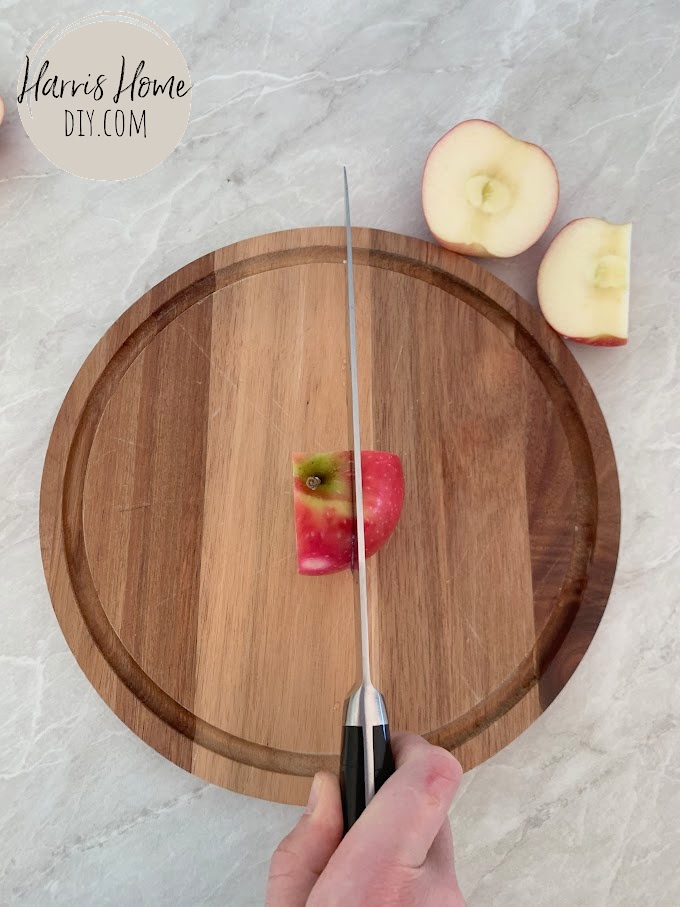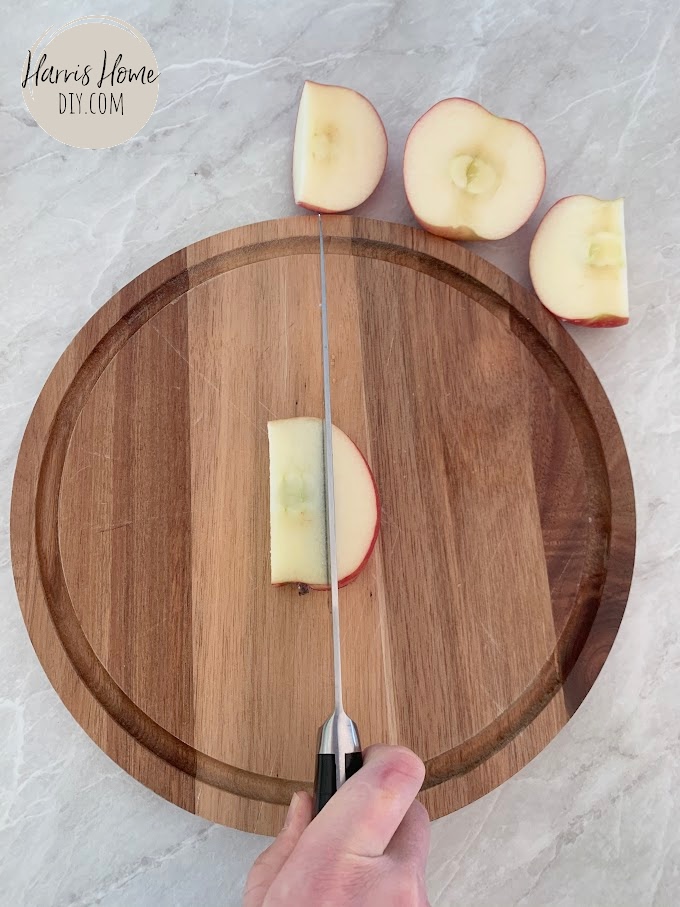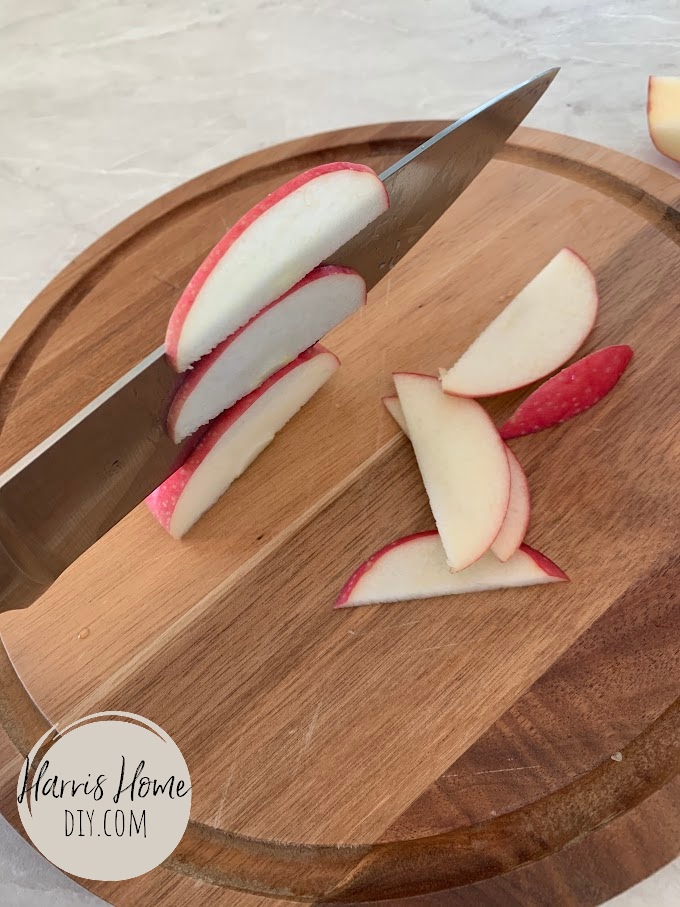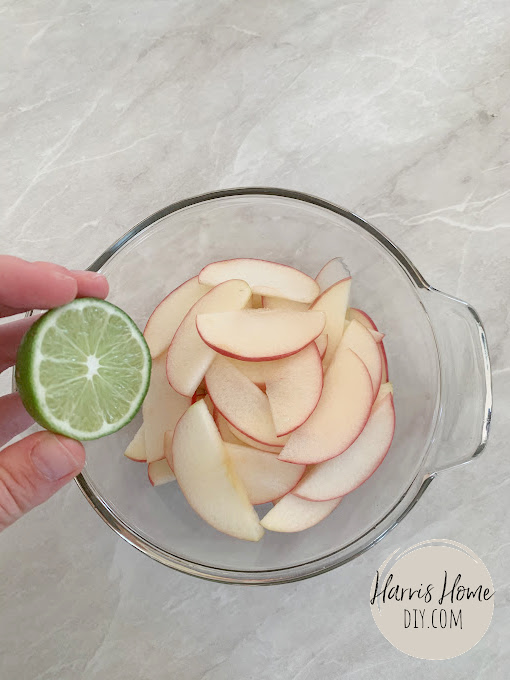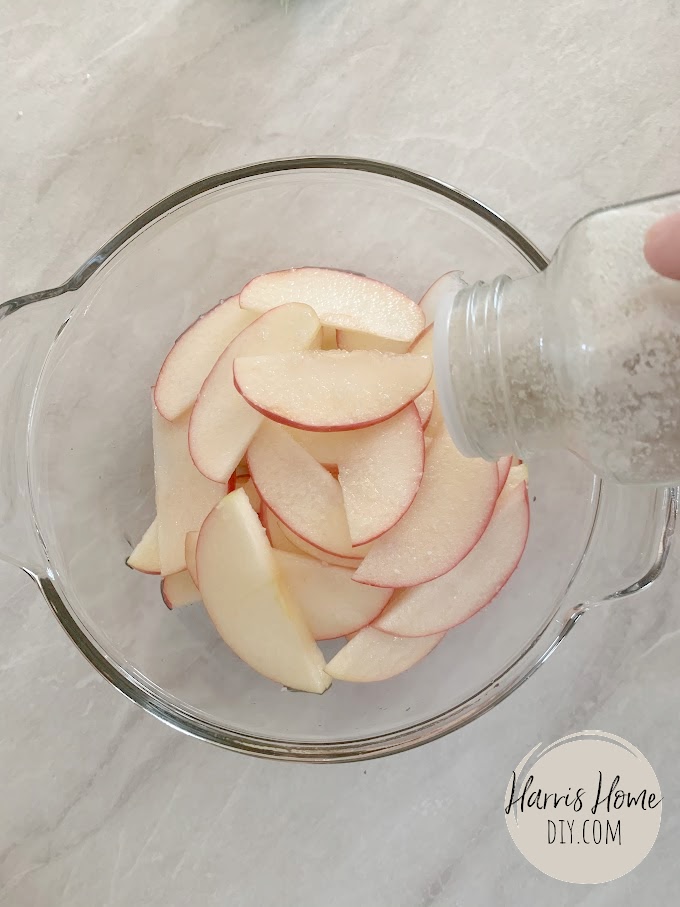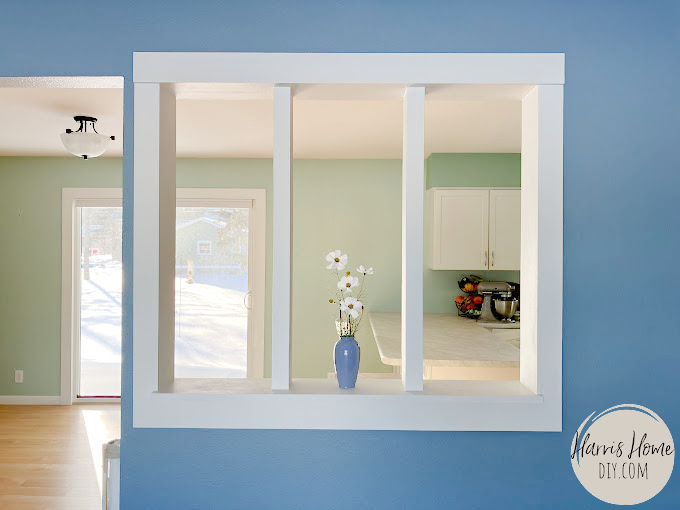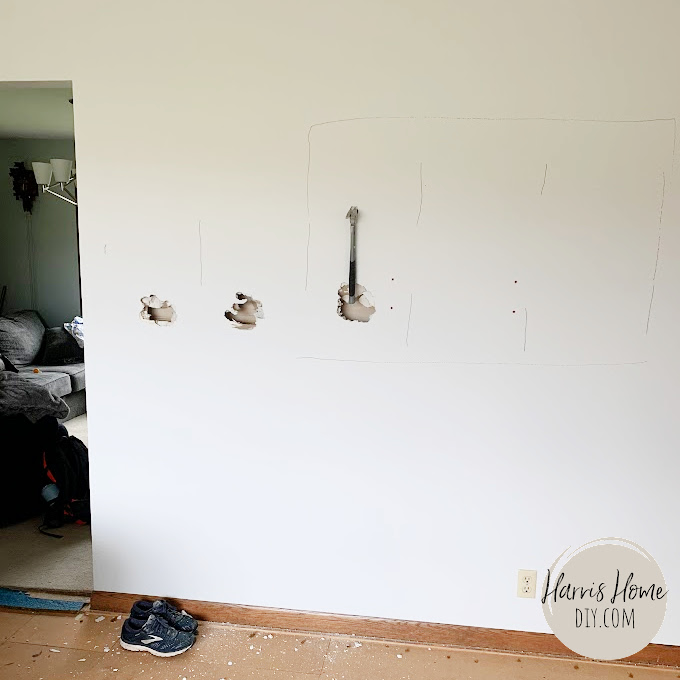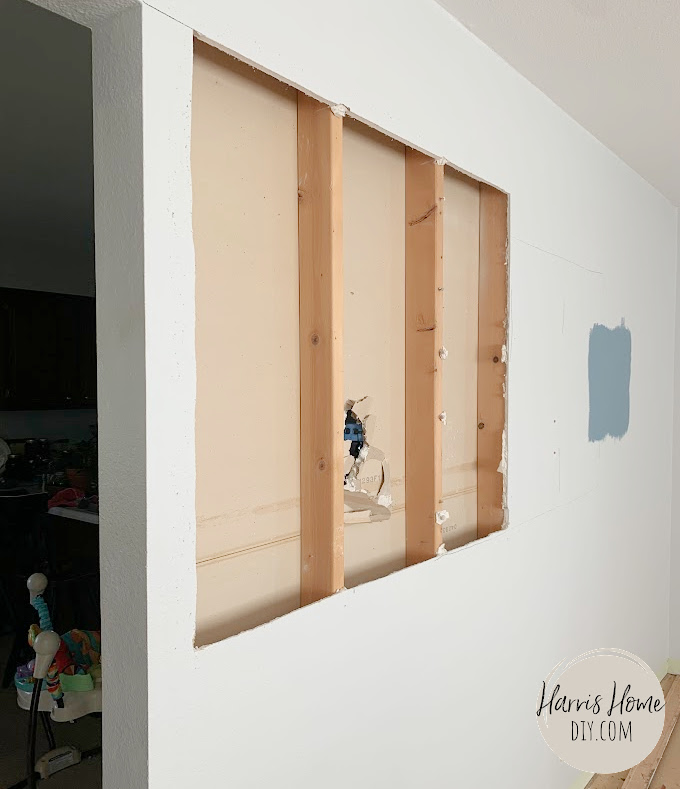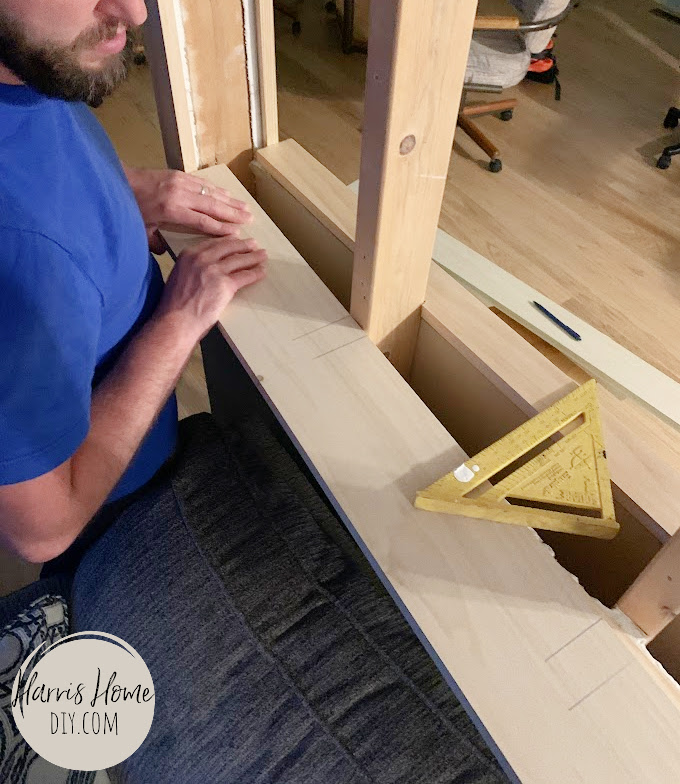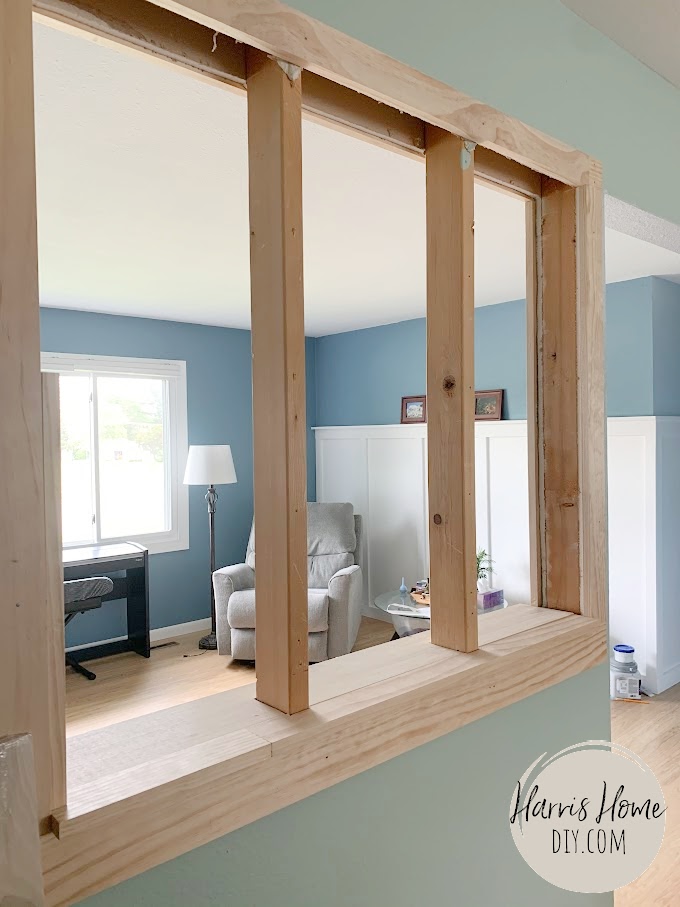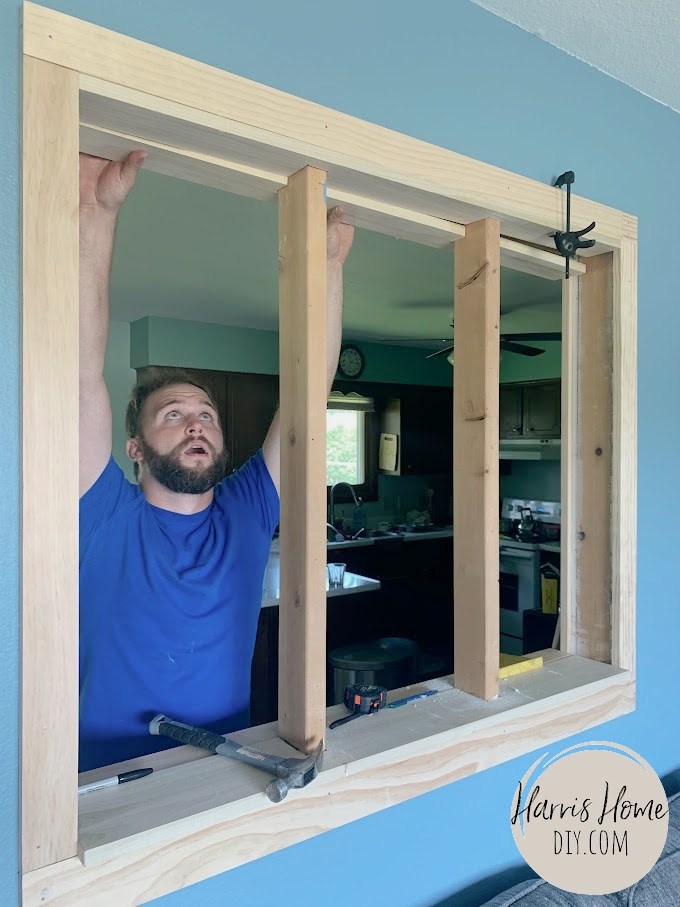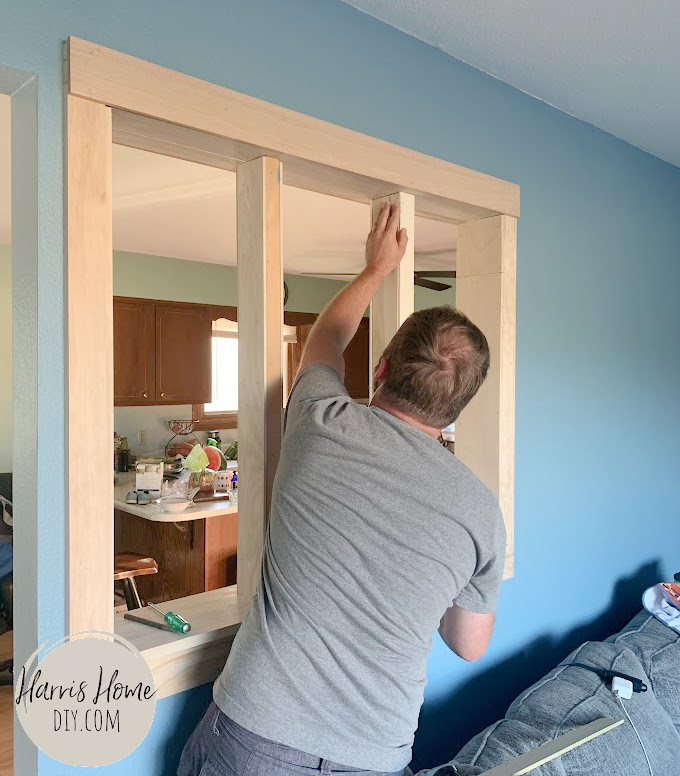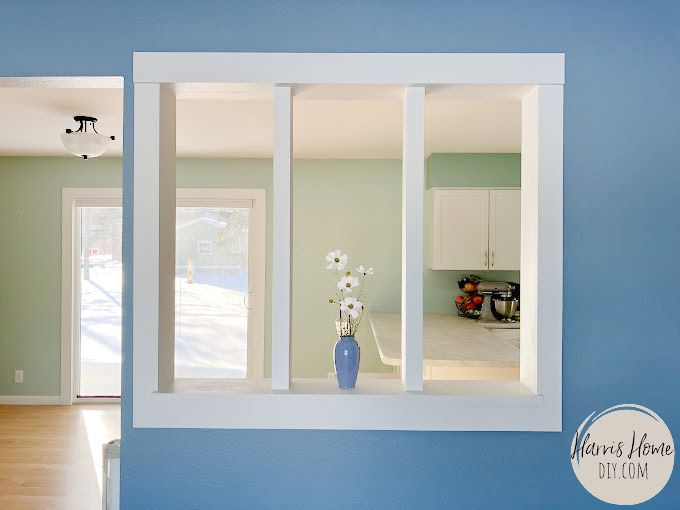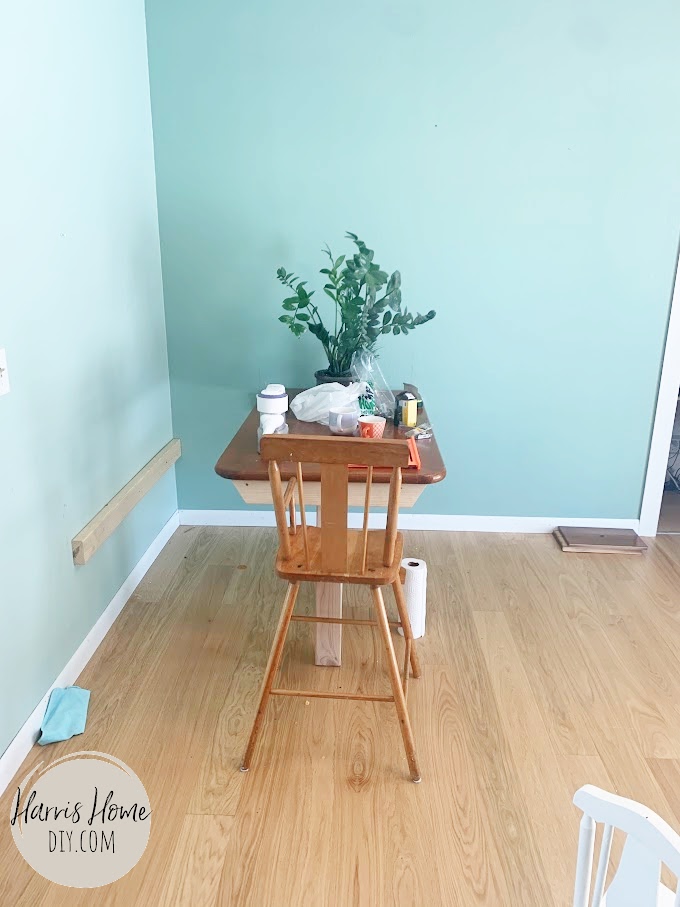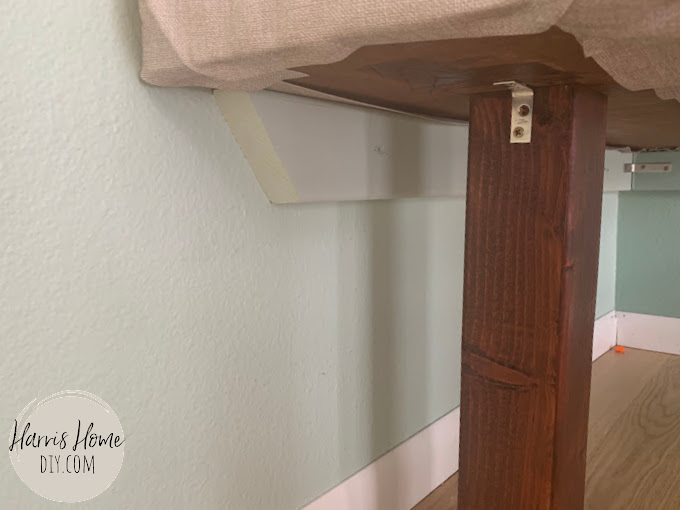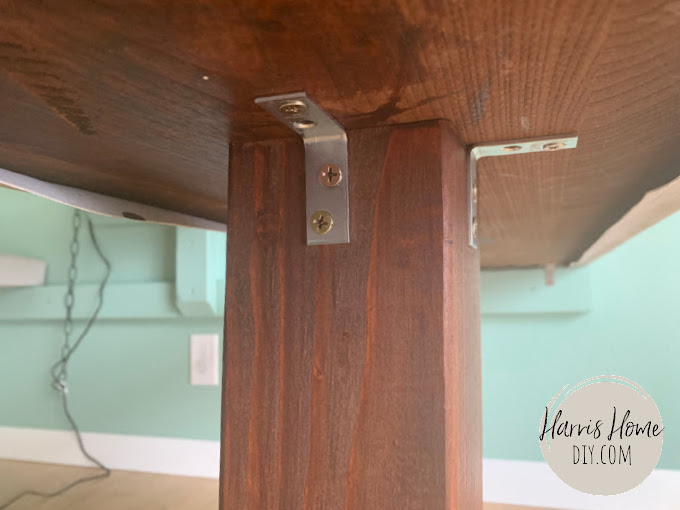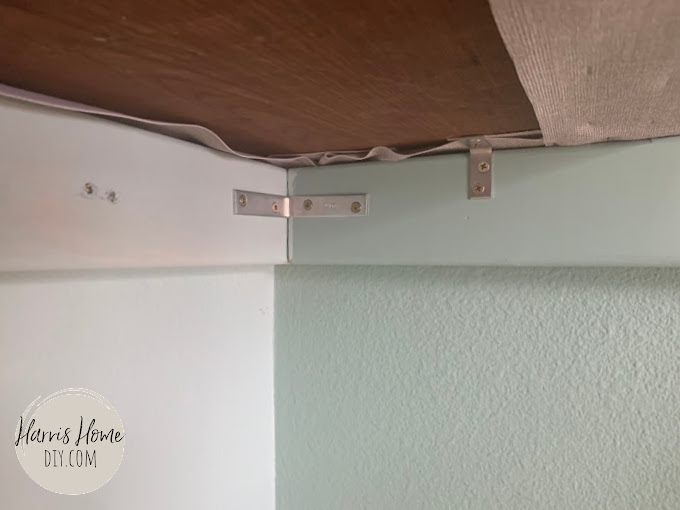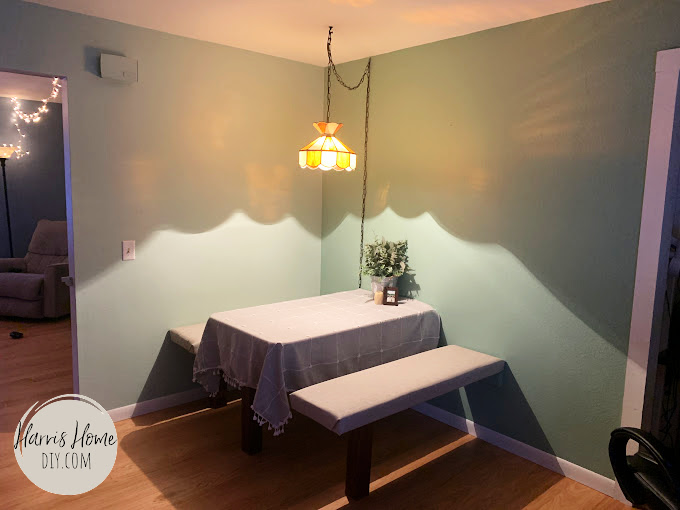Maybe you stumbled upon this post because you know someone who is leaving the teaching field and want to understand why. Or maybe you’re looking to walk away too and want to know if that decision can be justified after the years and money you spent pursuing this career. Either way, I think you’ll find this blog both clarifying and encouraging. Here’s my 10 reasons for why I walked away from teaching after 6 years of loving it.

A quick look at what’s in this blog…
- The backstory
- The 10 reasons I’m quitting (in book chapter format)
- Pressure Pushing Down on Me
- Manager of the Zoo
- You’ve Changed
- Can I Get a Raise?
- Stress Isn’t a Good Look on You
- Can You Hear Me Now??
- In One Ear and Out The Other
- No Guns Allowed
- I’ve Got This
- Made to Make a Difference
- A letter of encouragement to those still teaching
1. The Backstory
I was that child. You know, the one who lines up all their dolls and teddy bears, gives them tiny sharpened-down pencils, and uses the family monthly calendar white board to teach them “lessons.” Teaching is in my blood- quite literally. I come from a long family line of educators. Becoming a teacher just made sense.
I realized at a young age that I have a passion for exploring the world around us. It quite literally blows my mind to learn about how the every day things we take for granted work- like breathing. Or how our cells metabolize nutrients to keep us in constant homeostasis. Or how sea turtles use the Earth’s magnetic field to navigate and find their way around the ocean. So cool.
I quickly began to realize that my desire was to imprint that same passion for learning into as many young hearts as I could. Science was the field that fit this passion, so off to college I went!
I landed a sweet job my second year out of college teaching biology to 7th grade students in a large (1,200 students) public school district. I have been there ever since.
Although I’ve truly loved my job as a teacher and am actually quite sad to be saying goodbye, this last year was a reality check. It became very clear early on in the year that this job is not sustainable long-term. There’s so many ways I believe the education system is flawed and ultimately failing students and teachers alike. Those factors are what led me to the decisions to quit. The following are 10 of those reasons, in no particular order.
2. The 10 Reasons I’m Quitting Teaching
Pressure Pushing Down on Me
If you’ve ever been in a group of people before, you know that peer pressure is a real thing. (I want to note though, peer pressure usually gets a bad rap. I believe, and have seen personally in my years of teaching, peer pressure can be a positive thing.) Here’s the problem I see with peer pressure and influencing in the typical classroom setting:
Students are largely influenced by one another.
Think about it. Students spend their educational years with anywhere from 15-30 (on average) students to 1 teacher/educator. The teacher’s voice, the experienced, wise, more mature voice in the classroom, doesn’t have time to help guide the students through tough situations. Decisions like how they can navigate a bad breakup. Or what to do when a friend “backstabs” them. The teacher may have time to offer “little sprinkles” of wisdom, but not enough to always be the guiding force in these students’ lives.
Instead, the students go to each other for the answers. They gather their expertise from students their same age who have lived no more life than themselves.
Why do I see this as a problem? As you can imagine, this presents itself in the form of misbehavior, entitled attitudes from students, messing around during class, etc. To put it simply, immaturity breeds, well, more immaturity. As a result, it makes my job teaching students much harder than it should be.
Manager of the Zoo
If you haven’t explored the world of teaching memes, whether you’re an educator or not, you need these in your life. Trust me on this one. Here’s a meme that perfectly sums up the struggle of classroom management:

I wish so much that my job description was a picture of what I actually get to do everyday as a teacher. The reality is you spend far more time dealing with problems than actually teaching. It’s a draining experience to leave your job most days feeling like you did everything BUT your job. I think we should start a petition to get school districts to list open positions as “Zoo Manager” instead of “Classroom Teacher.”
You’ve Changed
This reason isn’t super profound, but it’s very impactful on my experience as an educator. Something I’ve noticed, even in the few years in the classroom, is that students are quickly changing. I primarily blame social media and their involvement in the online world for this shift. Students have become progressively more difficult to manage as a result.
One example of this is bullying. Students have always been a little mean toward one another at times, but it’s reached a new level with social media. Students slam one another with vicious comments, posts, and images as they fight virtually and seek revenge.
In other years before social media was as prevalent (and before kids had smart phones in their hands as young as 3rd grade- sometimes even younger) these arguments didn’t escalate to such extremes. Students had the evenings and the weekend to get space from one another, clear their head, and cool down. I’ve talked with many staff in the office who deal more closely with these situations and they agree that this is becoming an increasing problem.
And it doesn’t stop at bullying. Students get inspired by trends and challenges from social media. The trend of disrespectfully calling your teacher by their first name, photoshopping staff with derogatory terms/images and plastering them all over the internet, vandalizing property, participating in school violence… have all happened during my years of teaching at the school I’ve been employed at. Other trends exist that are even more hair raising.
Can I Get a Raise?
I’m just going to cut to the chase and say it- teachers deserve to get paid more. Teaching is hands down one of the toughest jobs out there (if you don’t believe me, I predict you are not a teacher. Go find one, and ask them how hard their job is).
Beyond the endless list of expectations for what a teacher must do, my biggest complaint in this category is that there’s no such thing as overtime.
All the teaching jobs I’ve ever heard of are based on salary pay- not hourly. This means you get a set amount of money whether you work less hours or more hours that week. That sounds great if your job is one you can accomplish in 40 or less hours a week!
I haven’t met a single teacher who can complete the tasks expected of them in that amount of time. Not a single one.
Stress Isn’t a Good Look on You
It was a long day at school. Pointless meetings, endless papers to grade, and students messing around during labs and breaking equipment. I walked through the front door, exhaled all the air out of my lungs somewhat dramatically, and flopped myself onto the couch into a slumped position.
“You ok?” asks my husband.
Slightly surprised, and not realizing my demeanor, I respond with, “Yea! Why??”
“You look stressed.” He says.
“I do??” I am shocked by his accusation. He proceeds to ask me about my day- and I proceed to tell him how horrible it was.
…and typical. It was like every other day at my job.
Realizing this in that moment, I ask my husband if I come home looking stressed often. He replies with, “Yes, and it’s not a good look on you.”
I don’t know who needs to hear this right now, but stress isn’t a good look on anyone. If your job, on a daily basis, is stressing you out? Whether it’s teaching or otherwise- do everything in your power to find a career that brings you life and puts a spark in your step. There will be rough days, but they should never outnumber the good days. Not the other way around.
Can You Hear Me Now??
I’m going to capitalize on the meme strategy again to illustrate this next one:

Truly, there’s nothing more infuriating repeating instructions 10 times. It’s like a curse, an embedded flaw within their brains, that students LITERALLY stop listening the moment you say, “Here’s what I’d like you to do next..”
Jokes aside, although this problem doesn’t sound as troubling as some of the others I’ve mentioned, it might be one of the biggest reasons why I’m quitting. If you’re a teacher, I know you feel this struggle. If you’re not, let me try and explain. There is a rage invoked in you when you pour endless hours into creating an engaging and entertaining lesson, only to have students whispering, blatantly ignoring you, and falling asleep in class while you’re teaching.
If I had a dollar for every time I had to stop class until all the students were listening so I can continue on? I could have retired year one.
In One Ear and Out The Other
Ah, the classic summer slide. Where you labor with sweat and blood teaching them all school year, only to have students forget most of it over the summer. And actually, in my opinion, this isn’t the bulk of the issue here. It’s how students learn (what they learn is another issue) that does them a great disservice and results in this kind of learning decline.
School learning primarily functions off of route memorization. For my non-educational audience, this means the typical learning that’s done in the classroom requires students to memorize dates, definitions, details, etc. Why? Because that’s how they test knowledge. They throw a standardized test (usually multiple choice) at students to see if they’ve “learned the content.”
But the problem is studies show that students don’t actually learn this way. A students scores an A on their exam, but they don’t have a clue how to apply that knowledge in real life.
I’ve had this complaint toward the school system since forever ago. I would love to ramble on about what effective and meaningful learning does look like, but I’ll resist the temptation. The bottom line is this: the majority of the learning done in a traditional school system isn’t productive. It doesn’t enrich the lives of students by adding much more than regurgitated information to their brain- it offers few if any tools to improve their problem solving skills and creativity.
No Guns Allowed
This one is an extremely controversial- not to mention painful- subject for many. I will tread lightly here, but what I want to speak about in this chapter is school safety.
I know many jobs have a level of calculated risk involved in them. Teaching was never any different- you could have students throw something at you out of anger, you could get hurt breaking up a fight between students, trip and fall down the stairs carrying the copious amounts of copies you needed for tomorrow’s lesson plan (kidding, but not kidding about this one).. you get the idea.
But hear me out- I didn’t go to college to go into law enforcement. I didn’t desire to become a security guard. At no point during my studies to earn my degree did I envision being concerned about fire arms and safety at my job.
It was a gut punch when I realized that was my new reality at work.
There have been multiple situations this past year where weapons and threats have become an issue- at my building. You think the devastating news of a school shooting is so far from home and it will never be your school… until it is. There were days I feared for the safety of other students at the school. I feared for my own well-being. I found myself envisioning an actual scenario of serious danger and ran through options in my head of how to respond.
Yes, schools have “protocols” for these kind of events, but trust me when I tell you those feel so inadequate when real danger comes knocking at your classroom door.
I’ve Got This
If you were to ask me my very first year of teaching if it was going well, I’d respond with this:
“Yes! Things are pretty good. The things that aren’t going well are because I’m still learning and haven’t mastered some of the details, like classroom management and efficient lesson planning.”
Fast forward 5 years, and I had a profound revelation.
I’ve got this down to a science (no pun intended). I am confident in my teaching strategies and the content is so familiar to me at this point I could regurgitate it in my sleep. So why are there still so many things that aren’t going well?
My revelation was this: the things that aren’t going well aren’t because I’m not an effective teacher… they are because the system of education is trying to function from a model that’s outdated and no longer relevant to society’s needs.
If you’re curious what I mean by that, check out this article. Kerry does a brilliant job at explaining this phenomenon and adding to the conversation of alternative school.
Made to Make a Difference
All the other reasons for leaving teaching stem from the classroom and school itself- this one, however, compels a change from something that’s not a part of school.
My children.
I pursued a career in teaching because I wanted to make a difference in the lives of kids. I wanted them to feel empowered- to know that someone saw their potential and the unique attributes they bring to the table. My goal was to open the door of the world of science and inspire them to think critically, reflect the creativity that’s found in nature, and never stop wondering.
Until one day it hit me. The kids I want to influence the most aren’t the ones sitting in the 30 desks in front of me staring blankly as I try to explain photosynthesis…
They are the ones waiting for me at home.
A Final Thought and Word of Encouragement…
Maybe you’re feeling a little shocked at this glimpse into the world of education from a teacher’s perspective.. Or maybe, if you’re a fellow educator, you’re feeling quite seen and validated at this point. Maybe this is the “sign” you needed to take a leap of faith and walk away. Or, maybe you’re feeling overwhelmed by the reality of your teaching situation but don’t see an end in sight. Here’s what I’ll leave you with;
If you’re not an educator, find a teacher in your life and simply thank them for the hard work they do. Comments of support are free and uplift us more than you’ll ever know.
If you’re a teacher and wanting to leave, do it. It feels so scary to walk away from the only profession you’ve maybe ever known. Let me tell you though how you will feel leaving a job that treats you more like a toxic relationship than a supportive career- free. I instantly felt the weight lift off my shoulders walking out of my principle’s office to inform them of my resignation.
And if you’re a teacher and don’t want to quit, or don’t have the opportunity in your life to do that right now, then know this: you are needed in the classroom and oh so valuable. We still need teachers. And good ones, at that. You are making more of a difference than you realize. Don’t let the constant frustrations dictate how you feel when you leave work every day. Instead, focus your attention on the good things, even if it’s only one thing. Like that sweet student that you’ve connected with who has a difficult home life but feels safe in your classroom. Or the note you got from a former student saying what an impact you made on their life…
Keep those bright rays of sunshine in your back pocket for the cloudy days and don’t ever forget– you may never feel like it, but you are a force of good in the lives of your students.
Blessings to all of you, wherever you may be on this journey. Cheers!
-Jeannie

